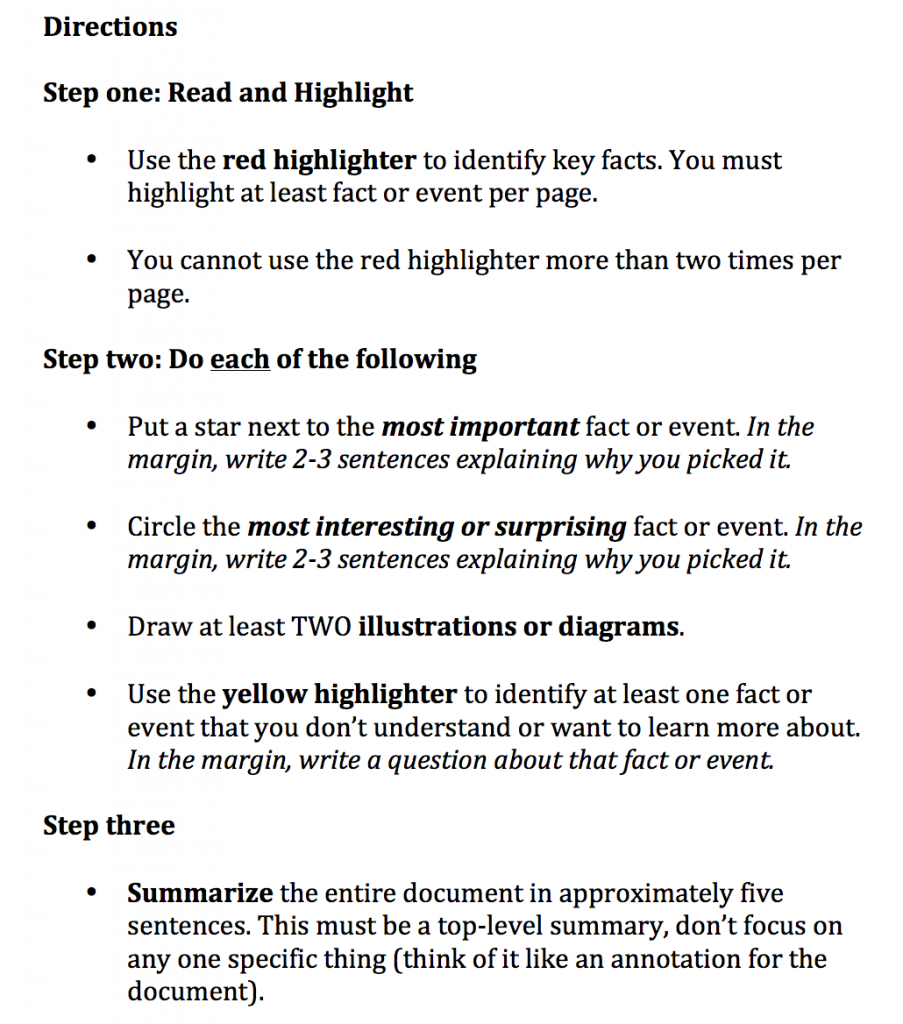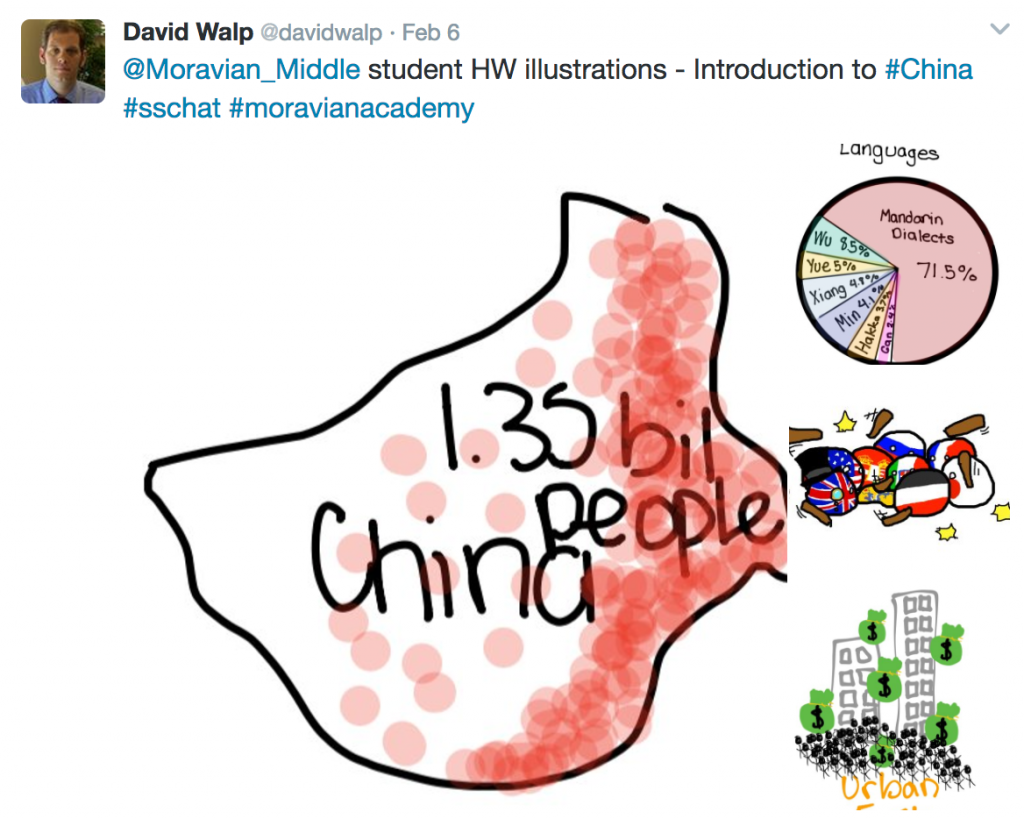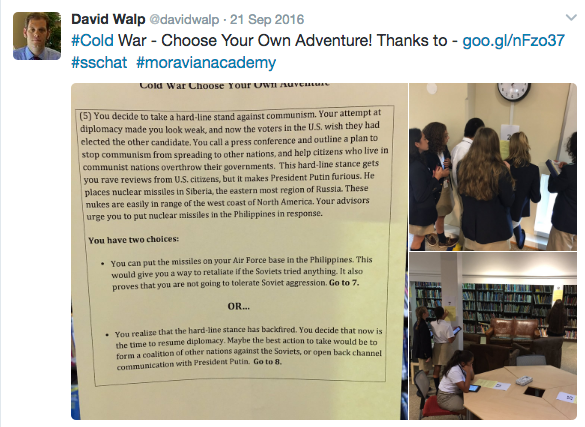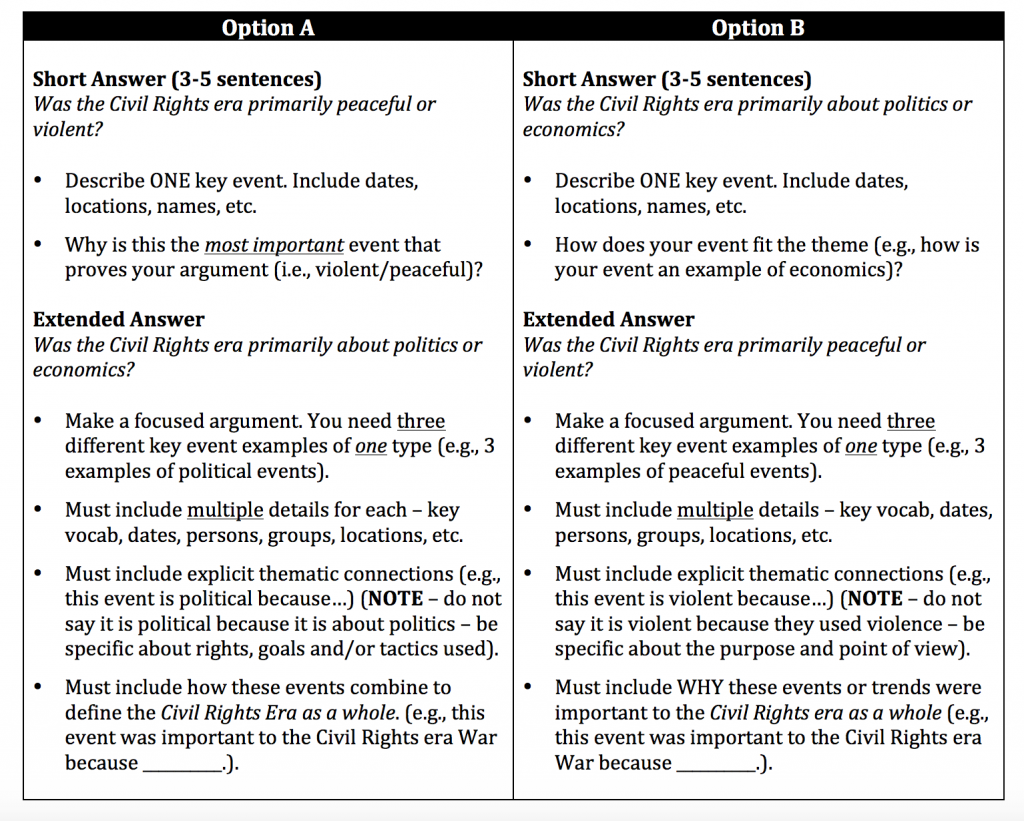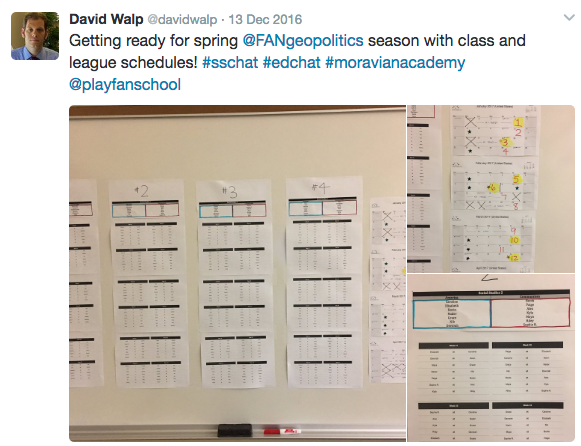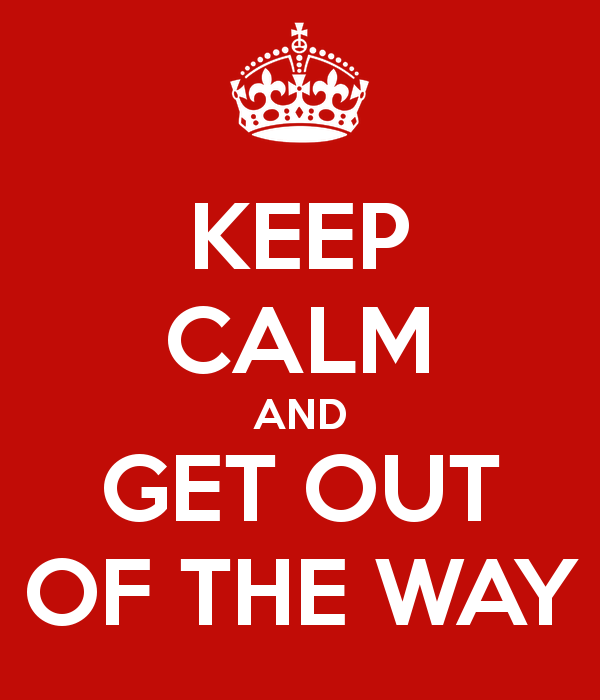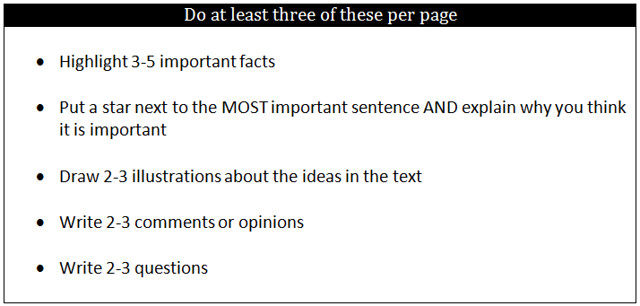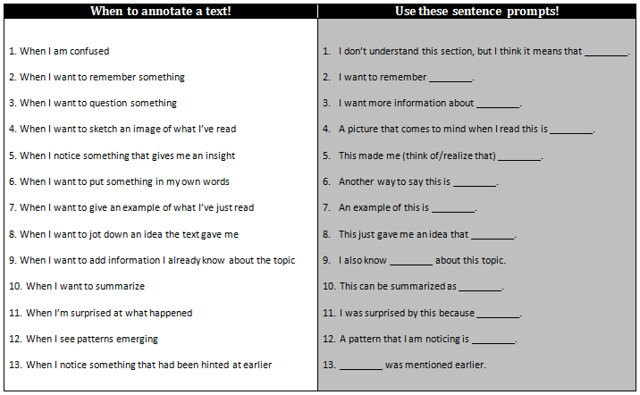Prompt: Write a post about challenging situations.
- Share your biggest teaching challenge and explain how you overcame it.
I love being a teacher. I can’t imagine doing anything else with my life. If I may be so bold, I am pretty good at my job.
But I didn’t spring forth fully formed.
Some teachers knew they wanted to become a teacher when they were in like…fifth grade. That’s cool, but that wasn’t my path. I was good at school. History and English were my favorite subjects. I liked stories and I liked to read. But teaching wasn’t for me. I even said at the time that I don’t know what to do with History or English other than become a teacher…and that’s crazy talk. Mostly it was about self-confidence, or lack of I suppose. Let’s just say that standing in front of a group of people to talk wasn’t in my skill set at the time.
Anyway, flash forward a bit and now I’m ready. Let’s do this. I shall teach.
Getting my teaching degree was fun. I liked to learn. I liked History. So far so good.
Student teaching was…an important professional development experience. It was fine. I learned from great and not-so-great mentoring teachers. The most important thing I discovered is that I am a Middle School teacher. It was a bit of a shock. Nobody sets a life goal to be a Middle School teacher. Other people look at you with a mixture of pity and grudging admiration when you tell them it’s what you do. But it’s true. I love teaching Middle School, and this is totally where I belong.
Anyway, I survived student teaching and in the Fall of 2006 I entered the exciting world of day subbing. Within a few months I was very privileged to get a contracted permanent substitute position in my home district. It was a great gig. I got to know the students and the other teachers. I didn’t have any lesson planning or grading. Easy street. I did that for about a year and a half. Along the way I got certified in Middle School Math. That proved to be extremely advantageous.
A brand new position opened up in my school – gifted coordinator (i.e., GIEP case manager). The only degree requirement was Middle School Math, so I threw my hat in the ring and got the job. Great! My responsibilities were to teach one section of Geometry, handle the administrative duties for the GIEP compliance, and most important of all, make sure we didn’t get sued. Once my principal saw that I was good to go running the GIEP meetings with parents, I was on my own. The paperwork was a pain, but not a big deal once I got familiar with the process. Teaching Geometry worked ONLY because I had a class of just four students the first year (later on I would expand to two full sections of Geometry and Algebra).
But I was also supposed to “do something” to enrich the lives of our best and brightest students, and this is where I hit the wall. When do I meet with them? What do I do when I have them? This isn’t graded so why do they care? In fact, I’m probably taking them out of a study hall where they would otherwise be doing “real” work so this is actually kind of annoying for them. Also, I don’t actually know what I’m doing. And they know it. They’re being polite and all…but I can see it in their eyes.
The absolute best thing that ever happened to me in my career is that my boss didn’t look over my shoulder too much that first year. I had room to breathe and make mistakes.
I experimented meeting in big groups and small groups. Maybe we should work on study skills? How about some sort of enrichment-y research project? (That one was the worst – it basically involved me getting a lot of books out of the library and then being completely caught off guard when the students did not express immediate interest in reading them). Games? Actually, games worked…sort of. At least they pretended to play the board games and stuff while actually just talking and hanging out. It was a start. But it was a charade and everyone knew it.
I wanted to do big things. These were all high-potential, and in many cases high-achieving students. I basically didn’t have to worry about discipline. I had some leeway with the schedule. Most importantly, I had almost complete latitude as to my curricular goals for the program. But I had to do something soon. I was benefiting from an attitude of benign neglect from my building principal, but sooner or later I would be called to account for exactly what I was doing with all of my unstructured time.
I started to get irritable and sarcastic with the students. Once or twice the situation got tense and stand-offish. Looking back, I can’t blame them. I was flailing about with no clear goals, or even worse, constantly shifting goals.
Then one day about mid-year “it” happened. It was at the end of the day. The students had just left. Whatever I had planned for the day hadn’t worked out at all. I was so stressed out and didn’t know what to do to change things. However, the one thing I knew for sure was that everything would be OK if I just sat under my desk for a bit. Even better, a colleague came in and found me like that. It was totally not the most humbling experience of my teaching career. True story.
That was probably the turning point emotionally. One of those times you have to just pick yourself up and go back to work the next day. But it didn’t solve the actual problem. I mean c’mon, all I did was hide under my desk for awhile.
It should be no great surprise that my inspiration and solution came from the students themselves.
One day, one my Geometry students (also on my GIEP caseload) told me about a coding project he was working on. Just for fun and because he was interested in computers.
*LIGHTNING BOLT*
Kids have diverse interests outside of the classroom.
Kids work hard on things they love without needing an extrinsic motivation.
Maybe I should do something with that?
Yeah… paradigm shifts always seem obvious when you are on the other side.
Anyway, that was the beginning of the beginning.
I began to learn how to get out of the way.
Over time I set up a pretty cool framework for project-based independent study with my GIEP students. Students had freedom to select their topics but had to develop a goal and plan. They did some great stuff: shooting and editing movies, building models, creative writing, self improvement plans. You name it.
I learned how to become a facilitator and teach supporting skills. Project planning. Time management. Tracking progress. Reflection. Repeat.
It isn’t always easy. I like to be in the way. I like to be the font of knowledge. Me me me.
Getting out of the way doesn’t mean that I don’t make critically important decisions in terms of content and instruction. It takes a LOT of planning in advance to get out of the way.
Getting out of the way is NOT about efficiency. Students need a lot of time in class to work on skills and process deep content. I need to be comfortable not knowing the answer to all of their questions. I need to be comfortable with situations that do not have one clear “right” answer. I need to be flexible and willing to make big adjustments on the fly. Sometimes I need to ask the students to bear with me as I think out loud through a new procedure.
Getting out of the way means that I need to ask for help (totally my favorite thing…). I need to let other teachers see me teach and tell me what worked and what didn’t work. I need to collaborate with, and be inspired by other great teachers like @historycomics @CHitch94 @ziegeran @paulbogush @hiphughes @joetabhistory @TomRichey and many more.
. . .
I no longer have the freedom of those early years. I teach in a “regular” classroom now. But there are still plenty of opportunities to get out of the way. Here are some that have worked for me.
Give them a menu of options to complete a HW assignment. Ask them to do illustrations instead of writing a summary. Make a choose your own adventure activity. Include kinesthetic group activities. Facilitate quick focused small group “turn and talk” discussions on a near daily basis. Provide a choice of questions for the essay test. Play a game. Build empathy for a big problem. Have them create their own guiding questions for a unit of instruction. Ask them to reflect on their learning experiences. Ask them to give ME improvement feedback.
It’s not just about engagement, although that is a HUGE piece. Commit to getting out of the way and you will see visible results. Over time, students become stronger and more confident learners. They get better at writing, and researching, and generating their own questions, and dealing with ambiguity. Asking students to make a LOT of small low-risk decisions helps them to do better with the BIG decisions. Teach a person to fish and such.
Best of all – it’s now been almost 10 years since the last time I felt compelled to hide from the world under my desk.


